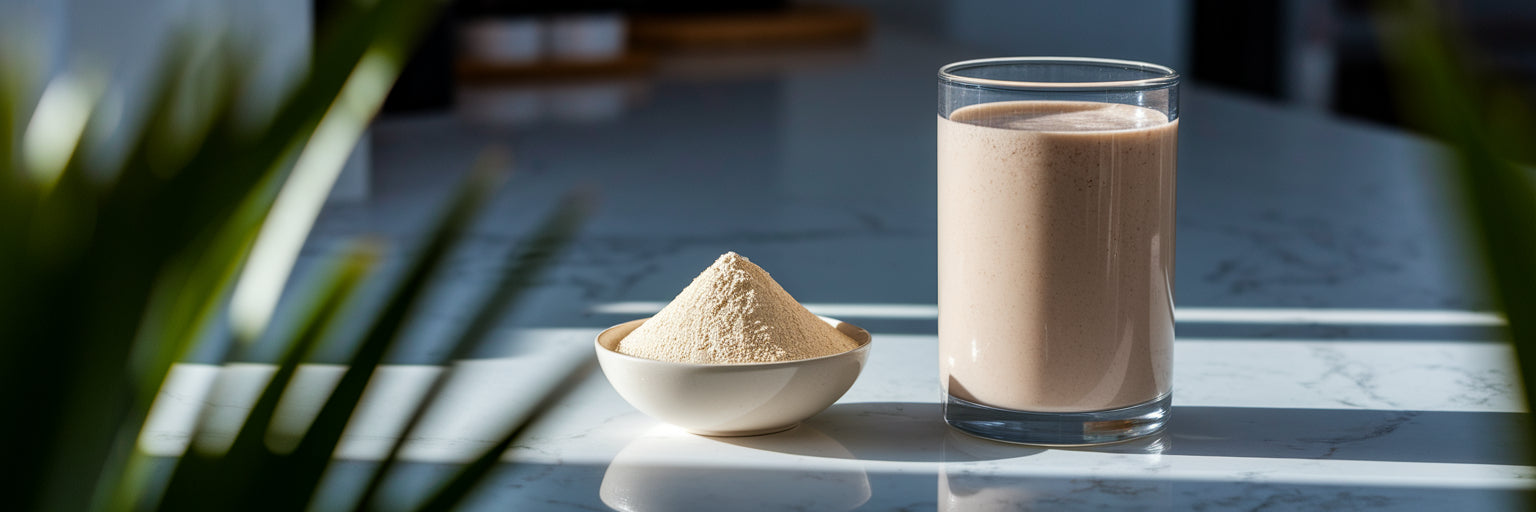We’ve all been there. You finish a great workout, mix up a protein shake to help your muscles recover, and then it hits you: that uncomfortable, bloated feeling. It’s a common frustration that can make you question if protein powder is even worth it. But what if the protein itself isn’t the real problem?
Why Some Protein Powders Cause Discomfort
That post-shake discomfort often comes from a surprising source. It’s usually not the protein but the other ingredients added for flavor, texture, and shelf life. Many powders are packed with additives that can be tough on your digestive system. Think of it like a crowded room; too many things happening at once can create chaos.
The main culprits are often artificial sweeteners like sucralose and aspartame, which can disrupt the delicate balance of your gut bacteria. Then there are sugar alcohols, such as erythritol and xylitol. While they cut down on calories, they can ferment in your gut, leading to that all-too-familiar gas and bloating. It’s a trade-off that many sensitive stomachs simply can’t make.
Thickeners and gums like xanthan gum and carrageenan are also common irritants. They are used to create a smooth, creamy texture, but for some people, they can cause significant digestive upset. Even certain protein sources, like soy, contain natural compounds that can be difficult for some individuals to digest. Finding the right vegan protein for sensitive stomach health means looking past the marketing and focusing on the ingredient list.
The good news is that a comfortable and beneficial protein experience is entirely possible. It just requires knowing what to look for. Now that we’ve identified the potential troublemakers, let’s explore the ingredients that work with your body, not against it.
Gentle Plant Protein Sources for Gut Health

Choosing the right protein source is the foundation of a gut-friendly shake. Instead of complex blends with dozens of ingredients, simpler formulations built on gentle, effective plant proteins are often the best solution. These core ingredients provide the nutritional benefits you want without the digestive backlash.
Pea Protein: The Hypoallergenic Hero
Pea protein has become a favorite for a reason. It’s naturally hypoallergenic, meaning it’s free from common allergens like dairy, soy, and gluten. This makes it an incredibly safe starting point for most people. Beyond that, it’s a high-quality protein that is surprisingly easy to digest. Its smooth absorption makes it an excellent choice for post-workout recovery without the heavy feeling some other proteins can leave behind. This is a true hypoallergenic protein powder staple.
Brown Rice Protein: A Gentle and Effective Choice
Often paired with pea protein, brown rice protein is another gentle giant in the plant-based world. It’s also easily digestible and works synergistically with pea protein to create a complete amino acid profile. This combination ensures you get all the essential building blocks your body needs for muscle repair and overall health. A powder that combines these two is often the best plant protein for bloating because it delivers complete nutrition with minimal digestive stress.
Hemp and Sunflower: Nutrient-Dense Alternatives
Hemp and sunflower proteins offer more than just protein. Hemp is a fantastic source of fiber and healthy omega-3 and omega-6 fatty acids, which contribute to overall gut wellness and reduce inflammation. Sunflower protein is another great easy to digest protein powder option that provides a clean taste and a solid protein punch. These sources add nutritional diversity while remaining gentle on your system.
When you see a simple blend, like the one in our delicious chocolate vegan protein, it’s a sign that the formula was designed with digestion in mind. Simplicity is often the key to a happy gut.
Reading the Label for Digestive Wellness
Once you know which protein sources to look for, the next step is learning to read the entire ingredient label. When it comes to digestive health, the philosophy is simple: less is more. A short, clean, and recognizable ingredient list is your best friend. If you find yourself squinting at a long list of chemical-sounding names, it might be a red flag for your stomach.
To make it easier, here’s a quick guide to what you should look for versus what you might want to avoid.
| Ingredient Category | Look For (Gut-Friendly) | Avoid (Potential Irritants) |
|---|---|---|
| Protein Source | Pea, Brown Rice, Hemp, Sunflower | Soy (for some), complex proprietary blends |
| Sweeteners | Monk fruit, Stevia, Natural flavors | Sucralose, Aspartame, Acesulfame Potassium |
| Sugar Alcohols | None is best | Erythritol, Xylitol, Sorbitol, Maltitol |
| Thickeners & Gums | Minimal or none | Carrageenan, Xanthan Gum, Guar Gum |
| Additives | Digestive enzymes, Probiotics | Artificial colors, Fillers, Preservatives |
Note: This table summarizes common ingredients. Individual tolerance can vary, so it's always best to test what works for your body.
Beyond the ingredients themselves, the quality of processing matters. As a WIRED report on protein powders notes, advanced methods like micro-filtration can result in a protein that is "designed for sensitive stomachs" because it’s easier for the body to absorb. Also, look for third-party certifications like USDA Organic and Non-GMO Project Verified. These seals aren’t just marketing; they indicate a commitment to cleaner ingredients and a higher-quality product, making for a better gut friendly vegan protein.
Becoming a confident label-reader empowers you to make the best choice for your body. If you’re curious to learn more about healthy ingredients, you can find more insights on our blog.
Simple Preparation Tips to Ease Digestion

How you prepare your protein shake can be just as important as what’s in it. Even the best powder can cause discomfort if not consumed thoughtfully. By making a few small adjustments to your routine, you can significantly improve your digestive experience.
- Start Small: If you are new to a protein powder or have a particularly sensitive system, don’t start with a full serving. Try a half-scoop for a few days to give your body time to adjust. You can gradually increase to a full scoop as you feel comfortable.
- Keep it Simple: Before you start blending in a dozen different fruits, seeds, and nut butters, try mixing your powder with just water or a simple, unsweetened plant milk. This helps you isolate how the powder itself feels in your system.
- Blend Thoroughly: A lumpy, poorly mixed shake is harder to digest. Using a blender ensures the powder is fully dissolved, creating a smooth, uniform liquid that is much gentler on your stomach. A quick 30 seconds in a blender makes a world of difference.
- Time it Right: Downing a shake on a completely empty stomach can sometimes be too much for your digestive system to handle at once. Try having it with a small, simple snack like a banana or a handful of almonds to help ease the digestive process.
Once your body is accustomed to the powder, you can get more creative. For some delicious and simple ideas, check out these 3 easy vegan protein recipes that you’ll actually crave.
Finding Your Personal Protein Powder Match
Ultimately, the perfect protein powder is a personal choice. We all have unique digestive systems, a concept known as bio-individuality. What works wonders for one person might not be the ideal fit for another. This is why a patient, trial-and-error approach is so important.
Instead of committing to a large tub right away, look for brands that offer single-serving samples. This is a cost-effective way to test different products and see how your body truly responds without the pressure. The most important feedback won’t come from a label or a review; it will come from your own body. Listen to it. Pay attention to how you feel an hour or two after your shake. That’s the ultimate test.
We encourage you to explore products with the clean, simple, and gut-friendly features we’ve discussed. You can browse our entire collection to find a match for your wellness goals. If you have more specific questions, our FAQs page is a great resource.
And if you found this guide helpful, please share it with a friend who might be on their own journey to finding a protein powder they love. Happy blending!



